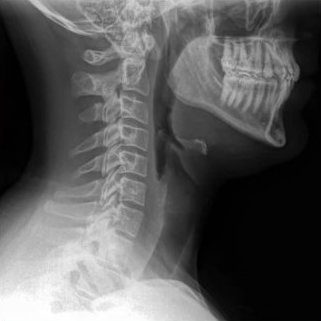How Do Digital X-Rays Work?
An x-ray machine works by sending a beam of radiation (an electromagnetic wave) through your body that passes through soft tissues, but does not pass through bone, metal, or some ingestible contrast media. X-ray imaging does not cause pain, is not an invasive procedure, and does not require any recovery period. The amount of radiation used in x-ray imaging is small: about the same amount a person would receive in their natural environment over the course of a few days.
Digital x-rays utilize less radiation than a traditional x-ray because images are taken with the help of a digital sensor rather than the use of x-ray reactive film. As a result, radiation transmission levels have been reduced by up to 80% of a traditional x-ray. The benefits from x-ray testing, as a result, far outweigh the risks.

Schedule Your Appointment!
What Are Some Benefits of X-Rays?
X-ray imaging is used in a variety of medical applications, not only in chiropractic situations. In chiropractic applications, x-rays can be used to give your provider a clear image on your spine. Before-and-after images can be taken to assess the improvements that come from a spinal manipulation. Images can be used to check for growths on bone, or to identify a history of scoliosis, to name a few examples.
X-rays are not only able to identify misalignments or growth on or near bones, but also the presence of scar tissue or arthritis in an area, which can alter or contribute to the plan of treatment for a patient.
How Do I Know If I Need X-Rays?
Your doctor will assess if x-ray imaging is the correct course of treatment for you. If you are experiencing tingling or numbness of the extremities, back or neck pain, chronic headaches, issues with posture, are frequently ill, or are suffering from persistent fatigue, call Dr. Strack to schedule an appointment for a consultation.
X-rays are not only able to identify misalignments or growth on or near bones, but also the presence of scar tissue or arthritis in an area, which can alter or contribute to the plan of treatment for a patient.
More from Strack Chiropractic Wellness Center
What to Expect at the Chiropractor

Active Release Technique

